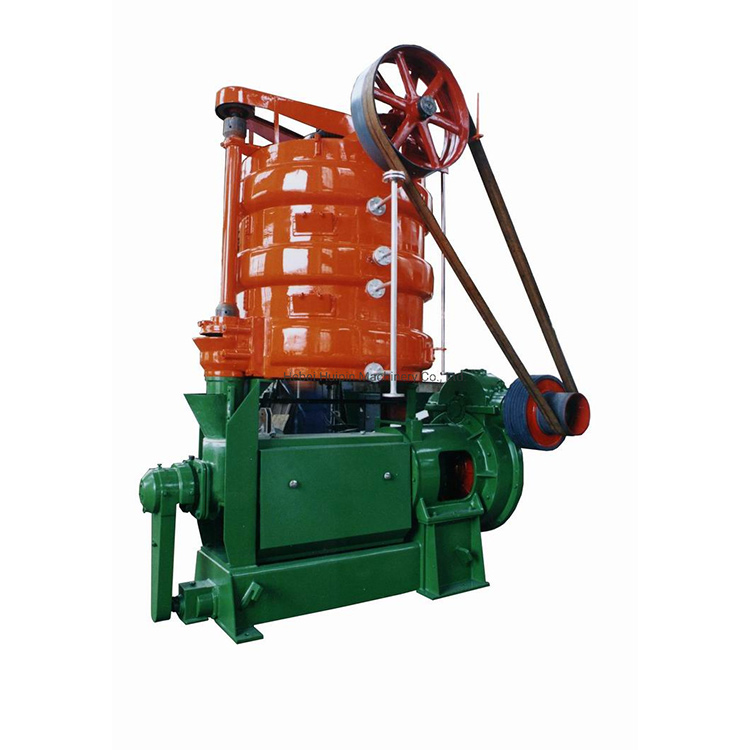pro . 10, 2024 02:55 Back to list
Neem Seed Oil Production Line Solutions and Services for Optimal Efficiency
The Neem Seed Oil Production Line A Sustainable Journey
In recent years, the demand for natural and organic products has surged, leading to an increased interest in neem seed oil, a versatile substance derived from the seeds of the neem tree (Azadirachta indica). Renowned for its numerous applications in agriculture, cosmetics, and medicine, neem seed oil production has become a promising venture for entrepreneurs and businesses prioritizing sustainability. This article will explore the key components of a neem seed oil production line, the extraction process, and the benefits of this sustainable product.
Understanding Neem Seed Oil
Neem seed oil is rich in nutrients and possesses antibacterial, antifungal, and insecticidal properties. It has been traditionally used in Ayurvedic medicine for treating various ailments. In agriculture, it serves as an effective organic pesticide, while in cosmetics, its moisturizing and healing properties make it a popular ingredient in skincare products. This rich versatility has paved the way for the establishment of dedicated neem seed oil production lines.
Components of a Neem Seed Oil Production Line
A comprehensive neem seed oil production line consists of several key components that work together to ensure efficient extraction and processing
1. Raw Material Supply The first step is sourcing high-quality neem seeds. Partnering with local farmers who practice sustainable harvesting is crucial to ensure the seeds are organic and free of harmful chemicals.
2. Cleaning and Preparation Once the neem seeds are sourced, they undergo thorough cleaning to remove any impurities, such as dust, leaves, or foreign seeds. This step is vital for ensuring the purity of the final product.
3. De-hulling The seeds typically have a hard outer shell. De-hulling equipment removes this shell and prepares the seed kernel for oil extraction. This stage can significantly enhance the efficiency of the subsequent extraction process.
4. Oil Extraction There are two primary methods of extracting neem seed oil cold pressing and solvent extraction. Cold pressing is the preferred method in terms of quality, as it retains more nutrients and maintains the oil's integrity. However, for larger production volumes, solvent extraction may be more suitable. This involves using organic solvents to extract oil from the seed kernels, followed by distillation to remove the solvent.
neem seed oil production line service

5. Filtering and Refining After extraction, the oil must be filtered to remove any remaining solids. Depending on the intended use, further refining may be necessary to achieve the desired quality and purity levels.
6. Packaging Finally, the oil is packaged in appropriate containers that protect it from light and air, preserving its quality. Eco-friendly packaging options can enhance the product's appeal, aligning with the growing consumer preference for sustainable products.
The Benefits of Neem Seed Oil
The benefits associated with neem seed oil production extend beyond the product itself. For entrepreneurs and businesses, engaging in neem seed oil production can yield several advantages
- Sustainable Farming By partnering with local farmers, businesses can promote sustainable agricultural practices, which support local economies and protect biodiversity.
- Health Benefits Neem seed oil has a wide range of health benefits, supporting its use in both medical and cosmetic applications. This versatility opens up diverse market opportunities.
- Eco-Friendly Alternative As consumers seek out organic and environmentally friendly products, neem seed oil fits seamlessly into this growing trend. Its natural insecticidal properties offer an effective alternative to chemical pesticides.
- Low Production Costs Given the neem tree's resilience and low maintenance requirements, establishing a neem seed oil production line can be cost-effective. The potential for scalability makes it an attractive option for small-scale and large-scale manufacturers alike.
Conclusion
The neem seed oil production line represents a sustainable business opportunity that aligns with current consumer trends towards organic and eco-friendly products. From sourcing raw materials responsibly to employing efficient extraction methods, each stage of the production line is geared towards maximizing quality while minimizing environmental impact. As awareness of the benefits of neem seed oil continues to grow, so too does the potential for businesses to thrive in this vibrant market. By embracing sustainability, entrepreneurs can carve a niche in the burgeoning natural products industry while contributing positively to the environment and society.
-
Efficient Black Seed Oil Expeller & Multi-Seed Oil Press
NewsAug.19,2025
-
HP 120 Model Cold Oil Press-Hebei Huipin Machinery|Energy Efficiency, Multi-Functionality
NewsAug.18,2025
-
HP 120 Model Cold Oil Press-Hebei Huipin Machinery|Oil Extraction, Multi-Functional
NewsAug.18,2025
-
HP 120 Cold Oil Press - Hebei Huipin | Automation & Efficiency
NewsAug.18,2025
-
Safflower Oil Press Service: Efficient & Quality Extraction
NewsAug.18,2025
-
HP 120 Cold Oil Press-Hebei Huipin Machinery|Oil Extraction, High Efficiency
NewsAug.17,2025
